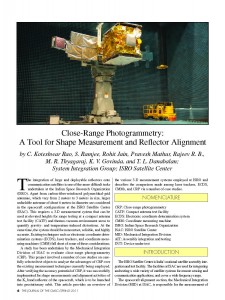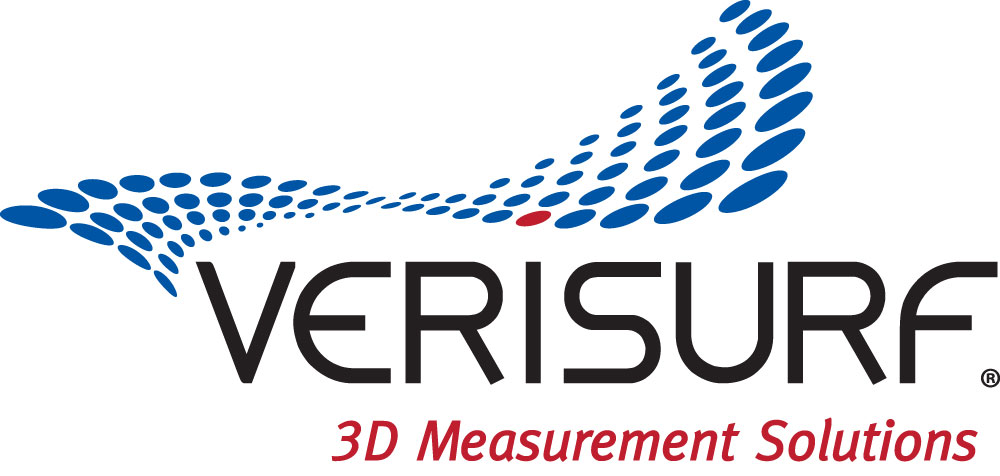
|
Download Members: $0.00 Non‑Members: $75.00 |
Buy Now |
Publication Details
| Published Date: | |
|---|---|
| Authors: | C. Koteshwar Rao, S. Ramjee, Rohit Jain, Pravesh Mathur, Rajeev R. B., M. R. Thyagaraj, K. V. Govinda, T. L. Danabalan |
| Company: | CMSC |
| Print Format: | Technical Paper |
| Citation: | C. Koteshwar Rao, S. Ramjee, Rohit Jain, Pravesh Mathur, Rajeev R. B., M. R. Thyagaraj, K. V. Govinda, T. L. Danabalan, "Close-Range Photogrammetry: A Tool for Shape Measurement and Reflector Alignment," The Journal of the CMSC, Vol. 6, No. 1, Spring 2011 |
Abstract
The integration of large and deployable reflectors onto communication satellites is one of the more difficult tasks undertaken at the Indian Space Research Organization (ISRO). Apart from carbon fiber-reinforced polymer/dual-grid antennae, which vary from 2 m to 3 m in size, larger unfurlable antennae of about 6 m in diameter are considered in the spacecraft configurations at the ISRO Satellite Center (ISAC). This requires a 3D measurement system that can be used at elevated heights for range testing at a compact antenna test facility (CATF) and thermo-vacuum environment areas to quantify gravity- and temperature-induced distortions. At the same time, the system should be noncontact, reliable, and highly accurate. Existing techniques such as electronic coordinate determination systems (ECDS), laser trackers, and coordinate measurement machines (CMM) fall short of some of these considerations. A study has been undertaken by the Mechanical Integration Division of ISAC to evaluate close-range photogrammetry (CRP). This project involved a number of case studies on carefully selected test objects to analyze the advantages of CRP over the existing measurement techniques currently being employed. After verifying the accuracy potential of CRP, it was successfully implemented for shape measurements and alignment activities of the Ka band reflector of the spacecraft, which is to be launched into geostationary orbit. This article provides an overview of the various 3D measurement systems employed at ISRO and describes the comparison made among laser trackers, ECDS, CMMs, and CRP via a number of case studies







